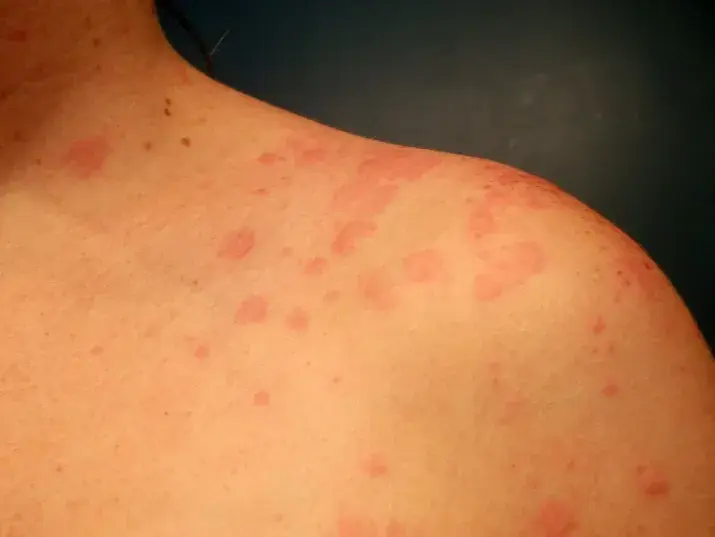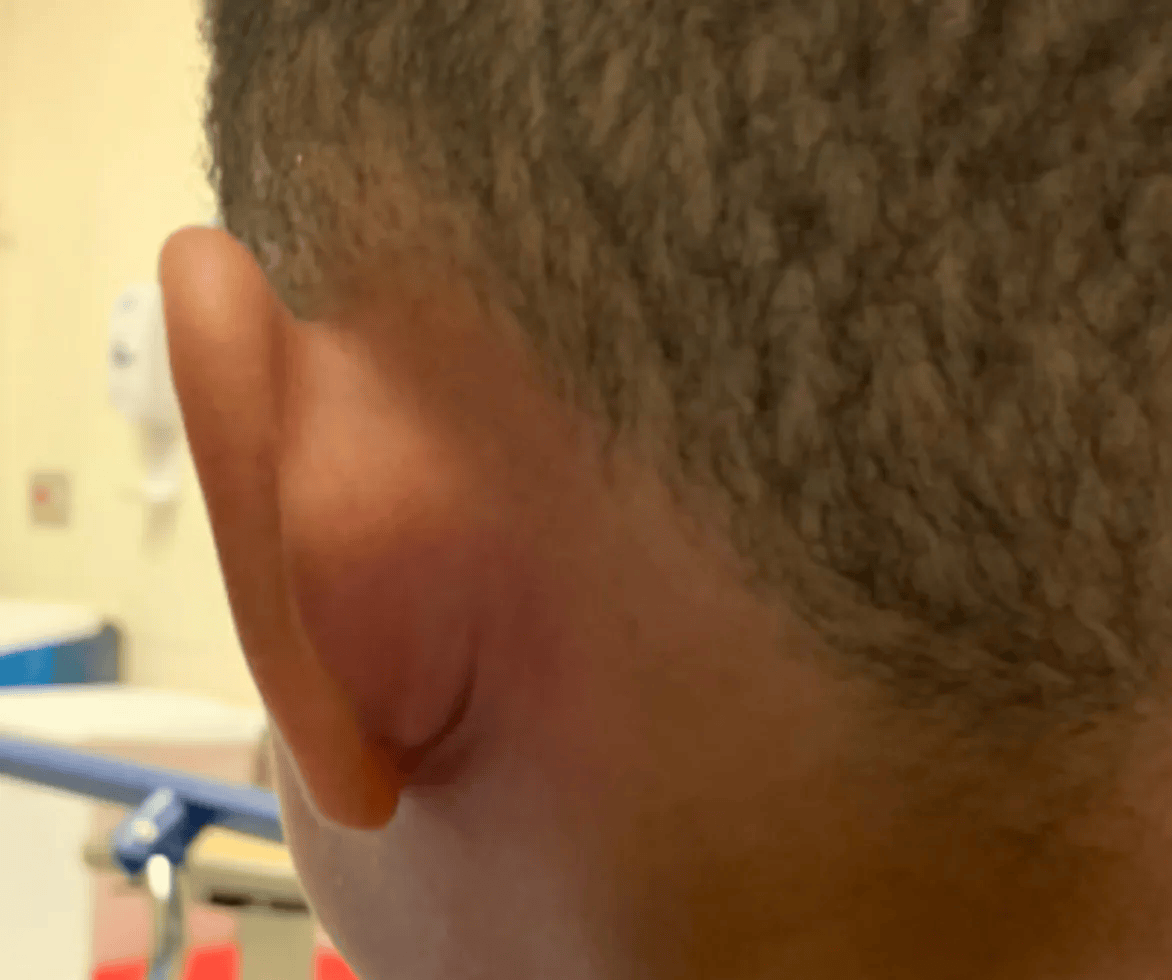Most Missed Question in ABIM Prep – Severe Anaphylaxis Observation
Patients with severe anaphylaxis (persistent respiratory or cardiovascular compromise or high‑risk features) generally need observation ≥24 hours or admission; low‑risk patients without ongoing symptoms may be observed 4–6 hours.
Question – Anaphylaxis Discharge Timing
A 59-year-old woman is admitted to the hospital after presenting with a severe anaphylactic reaction to amlodipine. Patients who have experienced severe anaphylaxis may be discharged following an asymptomatic observation period of how many hours?
Answer Options:
A. 1–2 hours
B. 6–10 hours
C. 12–18 hours
D. 24–48 hours
Many examinees default to the familiar emergency department practice of 4–6 hours of observation after anaphylaxis, but that window applies to low-risk, mild reactions. The stem explicitly states “severe anaphylaxis,” which on the exam cues a longer, inpatient-level observation to catch biphasic recurrence that can peak hours later. Contemporary practice parameters endorse risk‑stratified observation. Low‑risk cases often need brief observation (≥4–6 hours); patients with severe features or high‑risk profiles may require prolonged observation or admission (often ≥24 hours).
This item tests whether you separate disposition by severity, not by a one-size-fits-all clock. Severe reactions (hypotension, hypoxia, airway compromise, need for multiple epinephrine doses) merit 24–48 hours of observation because biphasic reactions—though uncommon—cluster in the first 4–12 hours and may occur up to 48 hours. Missing this signal costs points because boards prioritize patient safety over throughput.
Why This Internal Medicine Question Is Often Missed
- Examinees overgeneralize the “observe 4–6 hours” rule and ignore the severity modifier in the stem.
- Underestimation of biphasic risk after severe reactions, especially when initial response is complete.
- Failure to apply risk factors (older age, beta-blocker use, multiple epinephrine doses, hypotension) that push toward admission-level observation.
What the Distractors Indicate
| Option | What It Tests / Implies | Why It’s Wrong Here |
|---|---|---|
| 1–2 hours | Minimal watch for mild urticaria-only reactions | Too short; misses the 4–12 hour biphasic peak after severe allergic reaction. |
| 6–10 hours | Common ED “short-stay” for low-risk anaphylaxis | Insufficient for severe cases; does not cover late-phase recurrence up to 48 hours. |
| 12–18 hours | “Compromise” choice implying caution | Still under-observes severe anaphylaxis; guidelines favor ≥24 hours for high-risk features. |
| 24–48 hours | Risk-stratified inpatient observation | Correct for severe anaphylaxis; captures biphasic window and allows rescue therapy if relapse occurs. |
High-Yield Pearl for ABIM Exam Prep
On exam day, severe anaphylaxis = admit or observe 24–48 hours; reserve 4–6 hours only for low-risk, fully resolved reactions.
Core Learning Objectives
1. Select post-anaphylaxis observation and disposition times based on severity and risk factors.
2. Identify predictors of biphasic/refractory anaphylaxis that warrant extended observation or admission.
The Exam Trick at Play
The stem embeds the disposition cue in the adjective “severe.” Boards reward examinees who pivot from rote time blocks to risk-stratified decisions; if you see severe features or high-risk medications, choose 24–48 hours of observation.
Additional ABIM Exam Practice Questions and Remediation
Internal medicine Practice Question 1 — Multiple epinephrine doses with hypotension
A 38-year-old man with peanut anaphylaxis required two IM epinephrine injections and a liter of IV fluids for hypotension. He is now asymptomatic 3 hours later. Best disposition?
A. Discharge now with epinephrine autoinjector and return precautionsB. Observe 4 hours total, then discharge
C. Observe 6–8 hours total, then discharge
D. Admit or observe for at least 24 hours
E. ICU admission mandatory for all anaphylaxis
Answer and Remediation
- A — Review: Premature; severe features predict biphasic risk.
- B — Review: 4 hours is insufficient after hypotension/multiple epinephrine doses.
- C — Review: Still short for high-risk presentation.
- D — Correct response!: Severe anaphylaxis (hypotension, ≥2 epinephrine doses) warrants ≥24 hours of observation per allergy practice parameters.
- E — Review: ICU reserved for ongoing instability or airway compromise, not all cases.
Internal medicine Practice Question 2 — Mild reaction, single dose epinephrine, low risk
A 27-year-old woman develops generalized urticaria and throat tightness after shrimp; symptoms resolve after one IM epinephrine dose. Vitals are stable; she takes no beta-blocker. Appropriate observation time?
A. 1 hourB. 2 hours
C. 4–6 hours, then discharge with education
D. 12–18 hours observation
E. 24–48 hours admission
Answer and Remediation
- A — Review: Too short to ensure stability.
- B — Review: Below recommended minimum for low-risk anaphylaxis.
- C — Correct response!: Low-risk, fully resolved cases are typically observed ≥4–6 hours before discharge with epinephrine and follow-up.
- D — Review: Excessive for low-risk presentation.
- E — Review: Reserved for severe/high-risk features.
Internal medicine Practice Question 3 — Beta-blocker use
A 66-year-old man on metoprolol has anaphylaxis to IV contrast, treated with one epinephrine dose and antihistamines; he is asymptomatic at 2 hours. Best plan?
A. Discharge now with autoinjectorB. Observe 4 hours total, then discharge
C. Observe 6–10 hours total, then discharge
D. Admit or observe for at least 24 hours
E. ICU admission for glucagon infusion
Answer and Remediation
- A — Review: Beta-blocker use increases risk of refractory/biphasic reactions.
- B — Review: Minimum window may be insufficient given beta-blocker risk.
- C — Review: Better, but still short for elevated risk profile.
- D — Correct response!: Beta-blockers are a high-risk feature; prolonged observation (≈24 hours) is prudent.
- E — Review: Glucagon is for refractory hypotension/bronchospasm; he is currently stable.
Internal medicine Practice Question 4 — Predictors of biphasic reaction
Which factor most strongly predicts need for prolonged observation after anaphylaxis?
A. Presence of pruritus aloneB. Younger age
C. Initial hypotension or need for multiple epinephrine doses
D. Prior history of eczema
E. Normal tryptase level
Answer and Remediation
- A — Review: Isolated pruritus is low risk.
- B — Review: Older age is more concerning than younger.
- C — Correct response!: Severe initial presentation (hypotension, ≥2 epinephrine doses) predicts biphasic risk and warrants extended observation.
- D — Review: Atopy does not by itself dictate disposition time.
- E — Review: Normal tryptase does not exclude anaphylaxis or biphasic risk.
Internal medicine Practice Question 5 — Timing of late-phase reactions
The late-phase component of anaphylaxis most often peaks and can persist for which timeframe?
A. Peaks at 1–2 hours; resolves by 6 hoursB. Peaks at 2–4 hours; resolves by 12 hours
C. Peaks at 4–12 hours; may last up to 48 hours
D. Peaks at 24–72 hours; lasts for 7 days
E. No late-phase exists in anaphylaxis
Answer and Remediation
- A — Review: Too early; underestimates duration.
- B — Review: Still too short for severe cases.
- C — Correct response!: Biphasic reactions commonly peak 4–12 hours and can occur up to 48 hours, supporting extended observation in severe cases.
- D — Review: Exaggerates typical timing.
- E — Review: Late-phase anaphylaxis is well described.
Mini Case Discussion Prompt
Compare disposition plans for two patients: (1) a 25-year-old with food-triggered anaphylaxis resolved after one epinephrine dose and no comorbidities; (2) a 70-year-old on a beta-blocker with drug-triggered anaphylaxis requiring two epinephrine doses and fluids. How do severity and risk modifiers change observation time, location (ED vs ward/ICU), and discharge counseling?
Mini-FAQ Anaphylaxis Observation
- What is the minimum observation time after uncomplicated anaphylaxis?
Many guidelines suggest at least 4–6 hours if symptoms fully resolve and no high-risk features are present; ABIM-style questions expect longer observation when severity markers exist. - Do corticosteroids prevent biphasic anaphylaxis?
Evidence is mixed and increasingly unfavorable; steroids should not be relied on to prevent biphasic reactions—disposition remains risk-based (AAAAI/ACAAI 2020). - Which features mandate extended observation or admission?
Initial hypotension, hypoxia/airway compromise, need for multiple epinephrine doses, older age, beta-blocker use, or unknown/long-acting triggers. - When should glucagon be used?
For refractory anaphylaxis in patients on beta-blockers with persistent hypotension or bronchospasm despite epinephrine; boards may also extend observation in these patients.
Find this and other Internal Medicine exam prep questions in Med-Challenger Internal Medicine Review with CME
Try for free and save. Ace your exams and meet your CME/MOC requirements for just $35 a month!
No matter your program, no matter the size, Med-Challenger for Groups and Institutions can better prepare your program or group, fulfill industry requirements, and increase test scores.








